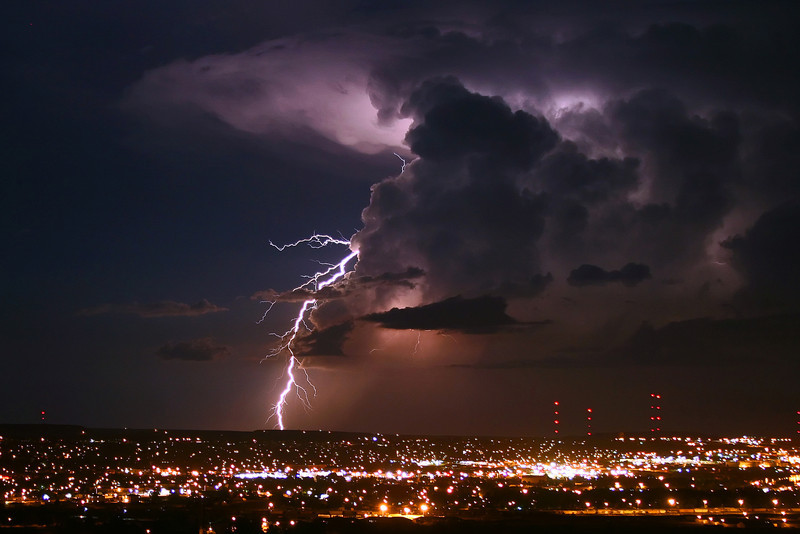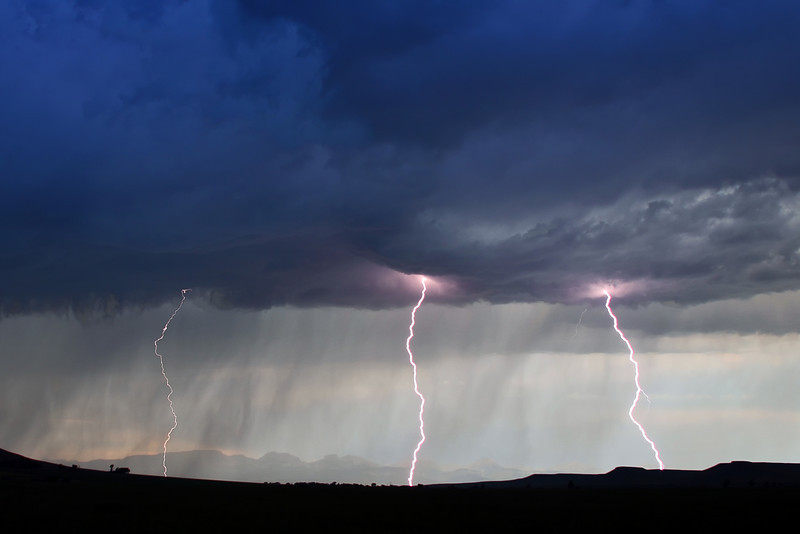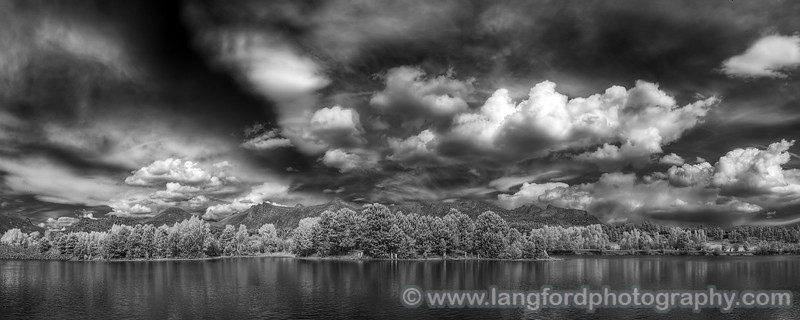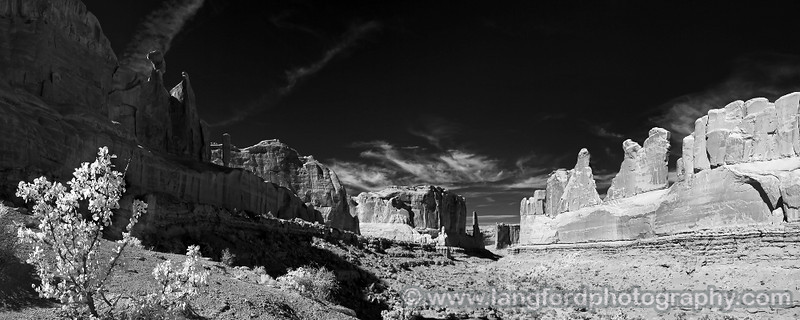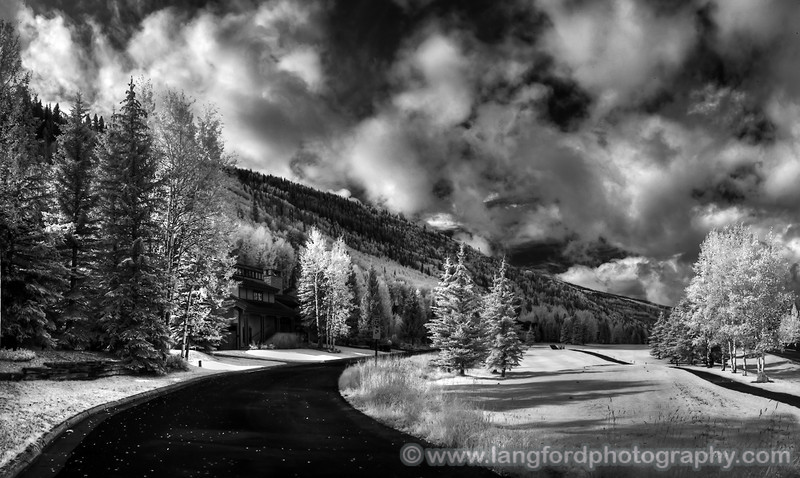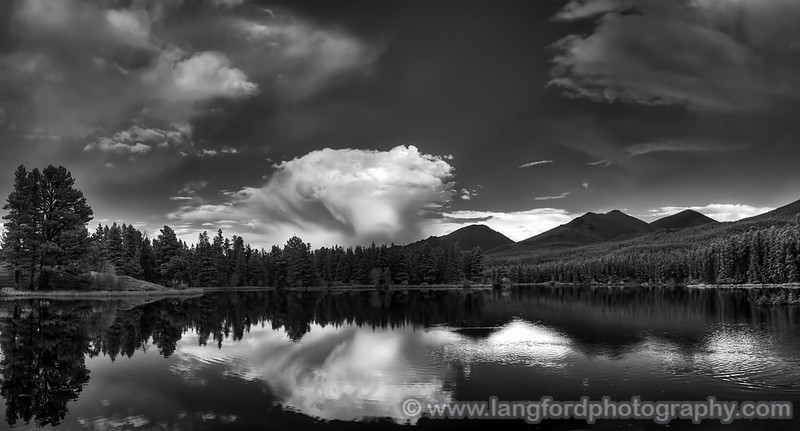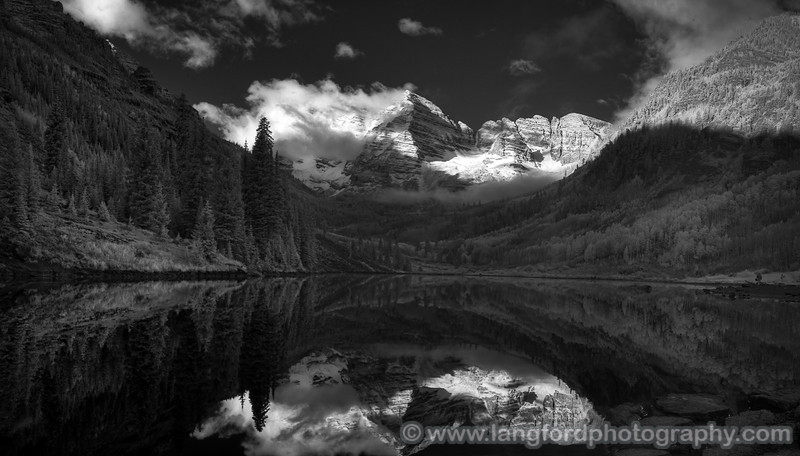James Weatherman
EF0
OK I need some help with a photography issue and have a question about equipment. I use a Canon T1i and have been trying to get some lightning shots but they have been a lesser quality then what I want. I am using Manual setting, with 5.6 aperture and have it set for bulb with my remote release on a tripod. Is there anything else that I should be doing other equipment that I might need or need to adjust the settings some.
Also is there a way to take IR pictures on a digital camera that anyone knows of? I use to be able to with my film 35mm but this is really the first big digital that I have ever had and would like to be able to take some IR pictures of some storms just to play around.
Forgot is there any protection for the camera to keep it from getting wet short of putting it in a plastic bag. I have not seen any water proof cases for the T1i or other digitals. Just checking to see what people might use or if there is a case for them.
Also is there a way to take IR pictures on a digital camera that anyone knows of? I use to be able to with my film 35mm but this is really the first big digital that I have ever had and would like to be able to take some IR pictures of some storms just to play around.
Forgot is there any protection for the camera to keep it from getting wet short of putting it in a plastic bag. I have not seen any water proof cases for the T1i or other digitals. Just checking to see what people might use or if there is a case for them.
Last edited by a moderator:


